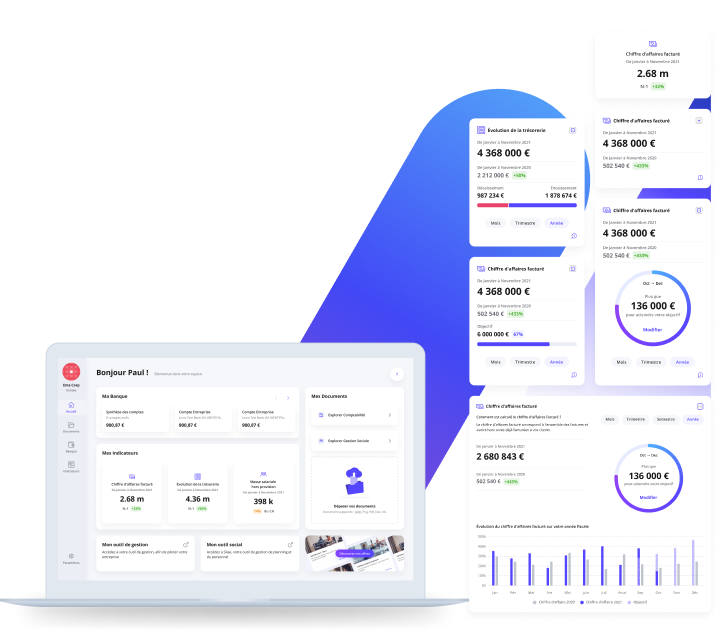Transforming KPMG Product Operations
Driving efficiency and collaboration for scalable success.
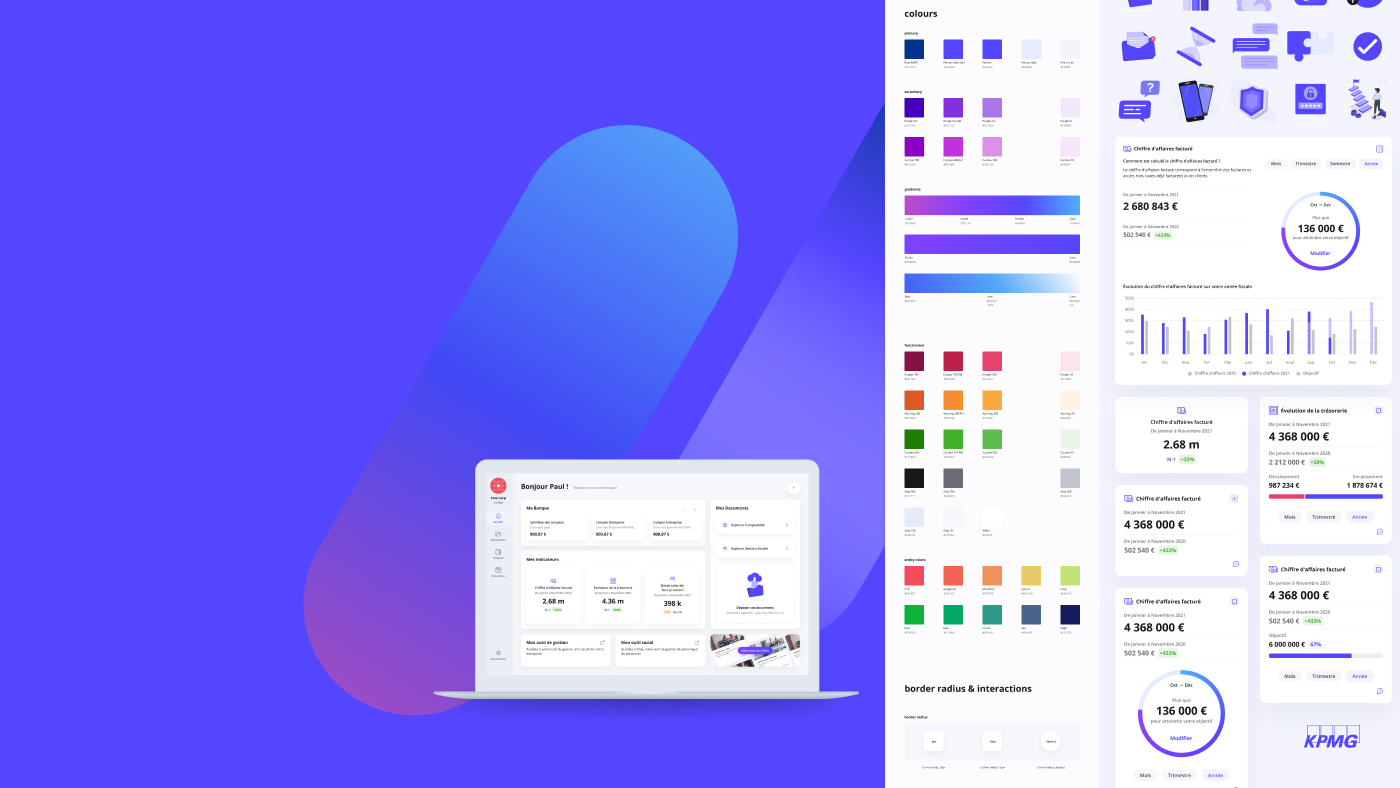 < Prev
Case 03 / 06
Next >
< Prev
Case 03 / 06
Next >
Context & Goals
KPMG’s Pulse project was initiated to address significant inefficiencies in how their internal teams collaborated and delivered digital solutions. As one of the world’s leading professional services firms, KPMG aimed to establish a scalable and efficient process for managing the design and development of its products, ensuring alignment with the high standards expected by its clients.
At the start of the project, the platform faced significant challenges, reflected in a negative Net Promoter Score (NPS) of -60. Improving this score was a critical goal, signaling the need for a user-centered transformation to rebuild customer trust and satisfaction.
The key goals for the project included:
- Improving cross-functional collaboration: Breaking silos between Design, Product, and Tech teams to foster a unified approach to problem-solving.
- Building a user-centric product development process: Incorporating user feedback and insights at every stage of the product life cycle to deliver impactful solutions.
- Establishing a foundational Design System: Creating a scalable and flexible design system, “Arborio,” to standardize components, improve efficiency, and maintain visual and functional consistency across products.
- Enhancing knowledge management: Centralizing user and business insights into an accessible repository to support informed decision-making across teams.
Team & Stakeholders
Product Teams
- 1 Lead PM
- 4 Product Managers
- 3 Developers
- 1 Tech Lead
Design Teams
- 1 Head of Design
- 1 UX Researcher
- 3 Product Designers
Stakeholders
- CEO
- Partners
- CTO
- Customer Success
- Marketing
- Operations
Timing
- 6 months
- June 2021 to December 2021
Responsabilities
Design Ops Manager & Design System
- Product Design and Development Process Alignment
- Design System Implementation and Governance
- Cross-Functional Collaboration and Team Enablement
- User Research Integration into Product Strategy
- Knowledge Management and Training
Problematic & Challenges
Despite KPMG’s global reputation and resources, the internal processes faced several challenges that hindered efficiency and innovation:
- Fragmented Collaboration Across Teams: Teams often worked in silos, leading to inconsistent workflows, misaligned priorities, and duplicated efforts. This fragmentation also created friction between Product, Design, and Tech teams, making it difficult to deliver cohesive solutions.
- Lack of Standardized Processes: There was no unified product development framework. Teams relied on ad-hoc practices, resulting in inefficiencies, unclear ownership, and delays in delivery.
- Minimal User-Centricity in Development: While data-driven decision-making was valued, user insights were not consistently integrated into the product design process. This led to solutions that often missed the mark in addressing end-user needs.
- Lack of Knowledge Management: Knowledge was often lost across the organization due to the absence of a centralized repository. Valuable user research, business insights, and technical documentation were scattered among teams, making it difficult to preserve institutional knowledge and ensure efficient cross-team collaboration.
- Outdated Interfaces and Inefficient Production Processes: The existing interfaces suffered from significant ergonomic and coherence issues, creating a fragmented user experience. Internally, there was a lack of optimized production processes, with no standardized Design System to streamline workflows or enhance consistency in design outputs. This resulted in prolonged development cycles and an increased workload for designers and developers.
- Critical Customer Dissatisfaction Reflected in NPS: The platform’s initial Net Promoter Score (NPS) of -60 highlighted severe dissatisfaction among users, emphasizing the urgency for a comprehensive overhaul to rebuild trust and improve user satisfaction.
Timeline
-
Q1_Discovery&Foundation
- Creation of the “Account Day” Serious Game
- Conducted Stakeholder Interviews
- Defined the Product Vision
- Established the UX Research Framework and Atomic Repository
-
Q2_DesignSystem&ProcessOptimization
- Training and Adoption
- Facilitated Design System Adoption
- Integrated User Research into Product Development
- Introduced the Product Life Cycle Process
Solutions
1. Organizational Enablement & Product Culture
Transforming KPMG Pulse required establishing a product-driven culture while enabling teams to work collaboratively and efficiently. A critical focus was on defining clear roles for Product Owners (POs), Tech Leads, and Designers, fostering alignment and accountability. For Product Owners specifically, targeted training sessions were conducted to enhance their ability to:
- Prioritize features based on both user insights and business goals.
- Collaborate effectively with cross-functional teams to ensure seamless execution.
- Manage roadmaps that aligned with organizational priorities and strategic objectives.
The initiative also sought to break down silos between Product, Design, and Tech teams, addressing longstanding inefficiencies. Through the introduction of structured rituals—such as daily syncs, cross-disciplinary critiques, and backlog grooming sessions—teams were encouraged to share knowledge and maintain transparency.
Additionally, by embedding agile methodologies, workflows were streamlined, delivery cycles shortened, and user feedback integrated more consistently. These efforts not only improved operational efficiency but also established a culture of collaboration and continuous improvement, setting a strong foundation for KPMG Pulse to thrive in an increasingly competitive market.

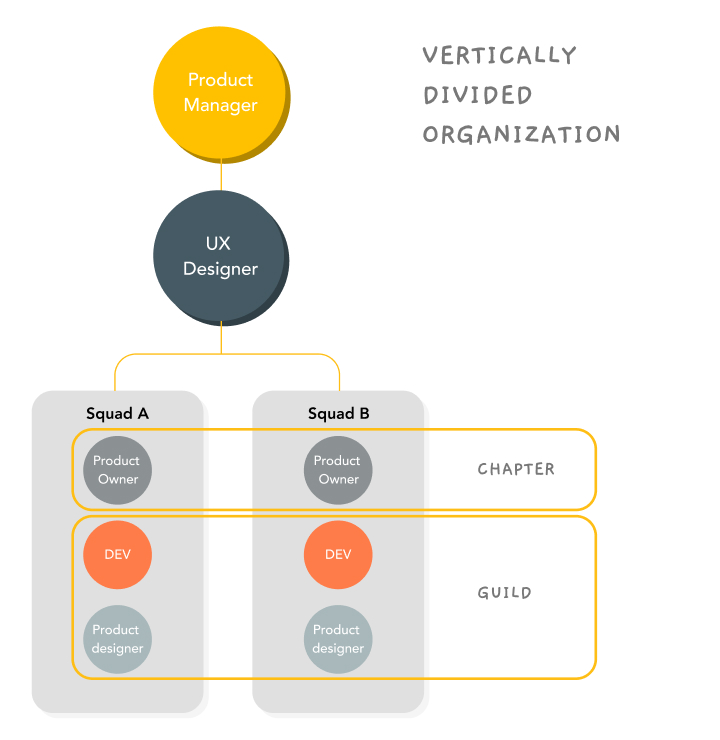
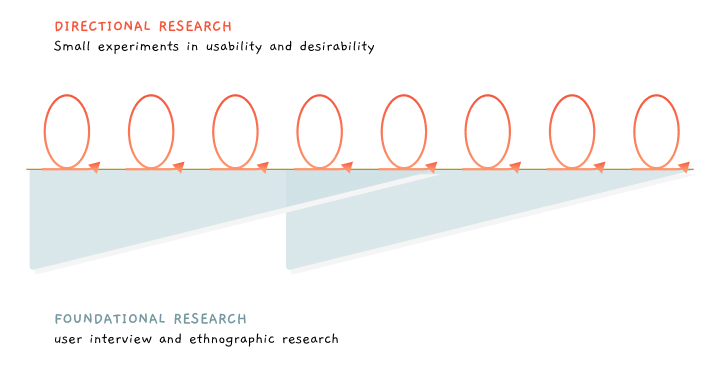
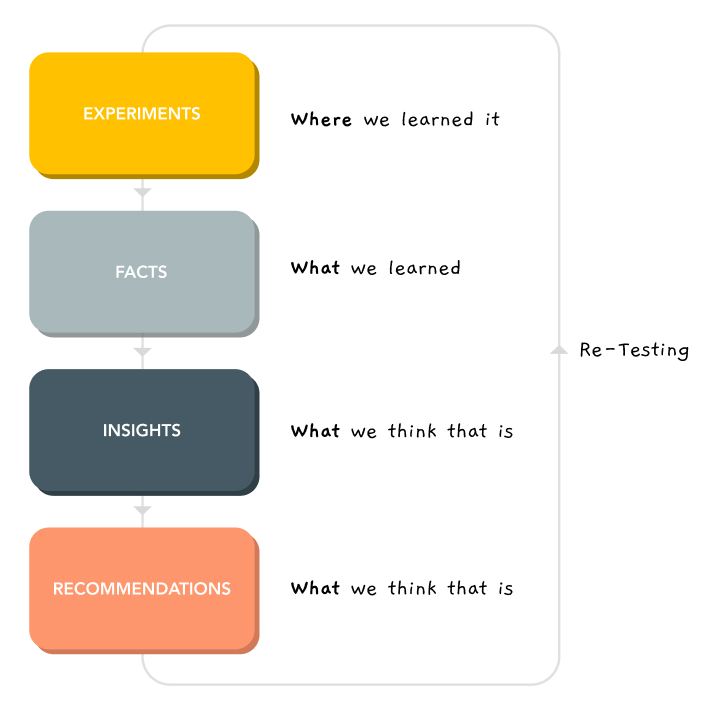

2. User Research Integration & Knowledge Management
Creating user-centric products at KPMG Pulse required embedding research practices into the product development lifecycle and establishing a unified approach to knowledge sharing and design methodologies.
User Research Integration
To address the lack of structured user insights, a comprehensive user research framework was introduced, supported by robust Research Ops practices. This framework differentiated between foundational research, which involved long-term studies to deeply understand user behaviors, and directional research, which focused on targeted inquiries to validate specific hypotheses.
Key tools and processes included:
- Surveys and Analytics: Leveraging quantitative data to identify user trends and validate assumptions.
- Interviews and Field Studies: Conducting qualitative sessions to explore user pain points and opportunities.
- Usability Testing: Ensuring prototypes met user expectations before launch.
- Behavioral Data Analysis: Using analytics to uncover patterns and optimize features post-launch.
Additionally, workshops like Account Day, a serious game inspired by Pay Day (La Bonne Paie), were designed as engaging tools for focus groups. These workshops allowed stakeholders to step into user personas, simulating workflows and decision-making processes to reveal actionable insights and pain points interactively.
Atomic Repository for Knowledge Management
An Atomic Repository was established to address fragmented knowledge and serve as a centralized hub for user-centric insights. This repository:
- Consolidated all user research data, behavioral analytics, and feedback, creating a single source of truth for teams.
- Acted as a bridge between stakeholders, Product Owners, and Designers, ensuring that all decisions were informed by unified, validated insights.
- Structured information into reusable, modular elements, facilitating cross-team alignment and reducing duplication of effort.
By streamlining workflows and improving collaboration, the repository became a cornerstone of KPMG Pulse's knowledge management strategy.
End-to-End Research and Design Lifecycle
A structured methodology positioned Research Ops and Design Ops as integral parts of an end-to-end lifecycle, ensuring seamless integration of user insights into product development.
- Discovery Phase: A mix of tools and methods, including Account Day workshops, surveys, and analytics, was used to build a deep understanding of user behaviors, pain points, and opportunities.
- Synthesis Phase: Centralized all findings within the Atomic Repository, providing a single source of truth accessible to cross-functional teams, ensuring research insights consistently informed decisions across the product lifecycle.
- Design Execution Phase: Emphasized iterative, low-fidelity artefacts such as user journeys, information architecture, and wireframes. This approach allowed for rapid alignment and validation before committing to high-fidelity designs, reducing time-to-market and minimizing rework.
- Post-Launch Feedback Loop: Real-world data and user feedback were revisited to refine and enhance features, ensuring products remained aligned with evolving user needs and business objectives.
By embedding these Research Ops tools and methodologies into the lifecycle, KPMG Pulse ensured user insights were not only accessible but actively shaped the development of user-centric, impactful solutions.

3. Design System Implementation: Arborio
The introduction of the Arborio Design System marked a significant milestone in standardizing design practices at KPMG Pulse. Named in line with the organization’s “rice-themed” squad names, Arborio served as both a unifying tool and a scalable framework to address critical challenges in consistency, efficiency, and collaboration.
Foundational Elements
The Arborio Design System was built around robust foundational elements to meet the diverse needs of KPMG Pulse’s products. Accessibility standards were seamlessly integrated into its foundations, ensuring components were inclusive and adhered to WCAG guidelines. Additionally, Arborio was designed for cross-platform scalability, maintaining consistency across web, mobile, and native applications.
Iterative Component Library Development
The component library evolved through iterative development to balance immediate needs with long-term scalability. In Phase 1, core UI components were established to address the most pressing inconsistencies in the existing interfaces. This laid the groundwork for Phase 2, which expanded the library with advanced, reusable components that streamlined workflows and significantly reduced development cycles.
Adoption and Collaboration
To drive adoption and ensure seamless integration into workflows, Arborio’s rollout was designed to maximize engagement and collaboration. Targeted training sessions for designers and developers familiarized teams with the system’s capabilities and usage guidelines. The process also incorporated cross-functional input from product, design, and tech teams, ensuring Arborio addressed real-world needs while fostering a sense of shared ownership. Comprehensive documentation and tools such as Storybook bridged the gap between design and development, creating a smooth transition between these disciplines.
Impact
The implementation of Arborio had a transformative impact on KPMG Pulse’s processes and products. Accelerated development became possible as designers and developers could quickly access pre-built components, reducing time-to-market for new features. A unified design language ensured visual and functional consistency, enhancing the overall user experience. Furthermore, Arborio provided a shared framework that strengthened collaboration across teams and minimized miscommunication.
By introducing Arborio, KPMG Pulse achieved a scalable, efficient, and user-centric approach to product design and development, addressing immediate challenges and positioning the organization for sustained success.
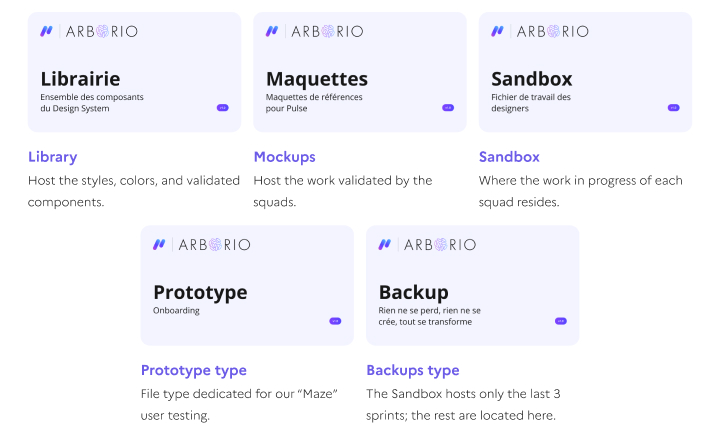
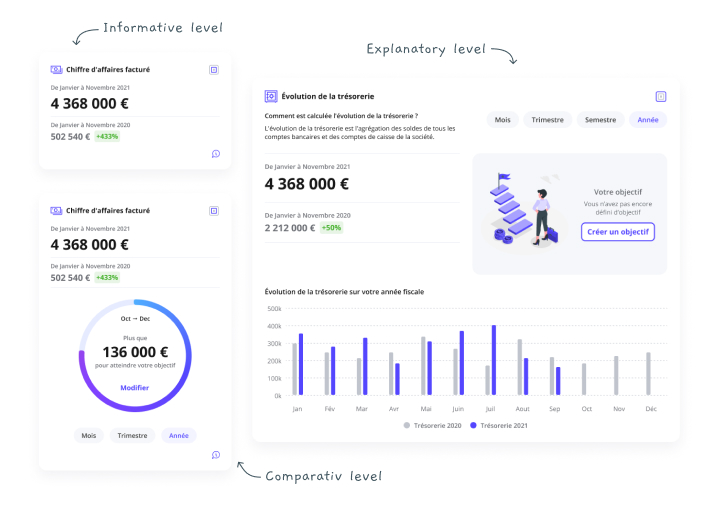
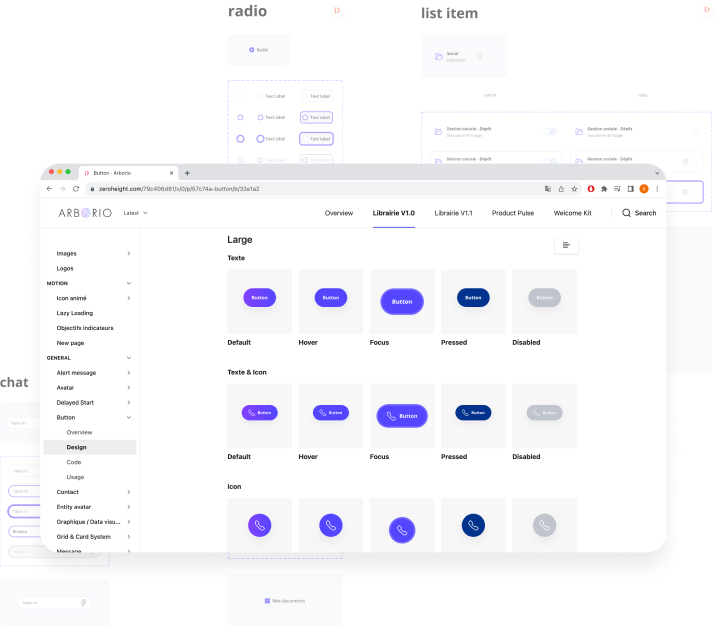
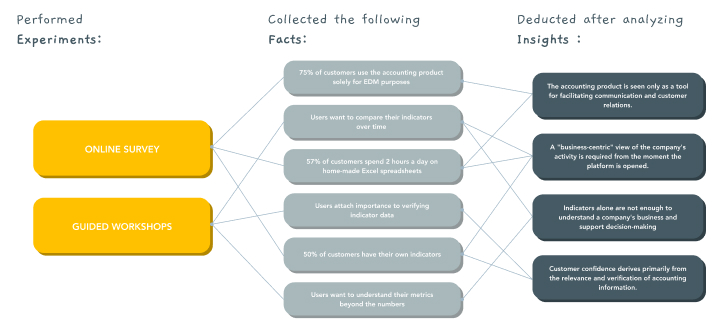
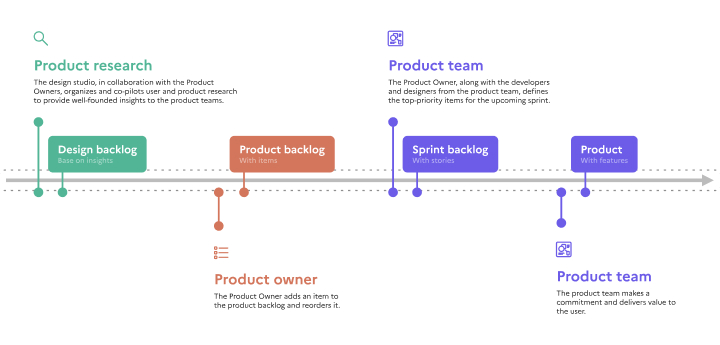
4. Enhancing Product Development Through Process Optimization
To address inefficiencies and elevate the quality of KPMG Pulse’s product delivery, a comprehensive approach to process optimization was introduced. This involved streamlining workflows, integrating cross-functional collaboration, and ensuring design and development alignment from concept to deployment.
Unified Product Lifecycle Framework
A unified product lifecycle framework was developed to guide the creation and delivery of features. This framework outlined a clear sequence of steps, ensuring collaboration and alignment across all teams. Stakeholder Input Validation served as the foundation, with every feature beginning with stakeholder input validated through user research to ensure alignment with both business objectives and user needs. Collaborative Refinement followed, where Product Owners (POs) and Product Designers worked together to define features, linking them to measurable user benefits and aligning them with technical feasibility during refinement sessions with Tech Leads. Features were then prioritized during Backlog Prioritization and Sprint Development, ensuring they were integrated into the sprint backlog and developed with the support of the Arborio Design System components. Finally, Customer Success Integration involved using a product marketing approach to communicate feature value through the Customer Success team, ensuring effective adoption and feedback collection.
Design Ops and Product Ops Alignment
A core focus of this initiative was aligning Design Ops and Product Ops to create a seamless flow between user-centered design and product delivery. Design-to-Development Continuity emphasized integrating design assets directly into development workflows, reducing bottlenecks and miscommunication. To support this, Cross-Functional Training sessions were introduced, enabling Product Owners to deepen their understanding of user research, design principles, and collaborative refinement, ensuring a consistent and informed approach to product development. Agile Integration ensured that Design Ops processes were embedded into Agile rituals, such as backlog grooming and sprint reviews, enabling continuous improvement and alignment with project goals.
Process-Driven Collaboration
Enhanced collaboration was at the heart of these optimizations. Teams adopted new rituals and tools to align their efforts and foster a shared sense of ownership. End-to-End Feedback Loops were implemented through regular sessions to review progress, address challenges, and refine processes, ensuring that all team members remained aligned and engaged throughout the product lifecycle. Knowledge Sharing Platforms were also introduced, facilitating transparency and accessibility, enabling teams to effortlessly share updates and insights.
The introduction of these process optimizations at KPMG Pulse transformed how teams approached product development. By integrating structured workflows, fostering collaboration, and embedding Design Ops principles, the initiative not only improved delivery timelines but also ensured the creation of products that truly resonated with users and business objectives.
Results
The KPMG Pulse initiative achieved transformative outcomes, turning a critical situation into a success story by implementing user-centered design practices, fostering collaboration, and establishing scalable processes. The results can be summarized into three key themes:
1. Accelerated Delivery and Scalable Practices
The structured product lifecycle reduced time-to-market for features by 30%, optimizing workflows through agile rituals and cross-functional collaboration. The introduction of the Arborio Design System unified design practices, enabling reusable, scalable components that streamlined production and maintained consistency across squads. This transformation positioned KPMG Pulse to compete more effectively in a highly competitive environment.
2. User-Centric and Impact-Driven Design
By placing the user at the heart of the design process, the team addressed critical interface issues and delivered solutions aligned with measurable business goals. The innovative research methodology, including the "Account Day" serious game and Atomic Repository, restored customer satisfaction. This user-focused approach resulted in a significant improvement in the platform's Net Promoter Score (NPS), increasing from -60 to +30. Usability enhancements and cohesive digital experiences further reinforced user trust and satisfaction.
3. Strengthened Collaboration and Knowledge Management
The establishment of a centralized UX team and cross-functional collaboration structures fostered agility and efficiency. Shared rituals, structured handoffs, and the Atomic Repository enhanced transparency and alignment across Design, Product, and Tech teams. Institutional insights were preserved through centralized knowledge management, reducing duplication and ensuring informed decision-making. Training programs empowered teams with the methodologies needed to sustain these improvements.
Delivrables
- User Research Framework (foundational and directional research)
- Atomic Repository
- "Account Day" Serious Game
- Complete Product Life Cycle Processn
- Product Requirement Documentation templates
- User Journeys, Information Architecture, and Priority Guides templates
- Design System
- Design Tokens foundations
- Figma Training Sessions for different user profiles
- Research Ops tools and methods training
- Onboarding Materials for team adaptation
- Storybook for component visualization and testing
- Behavioral Analytics Dashboards for user interaction monitoring
- Design QA Processes for validating design consistency
